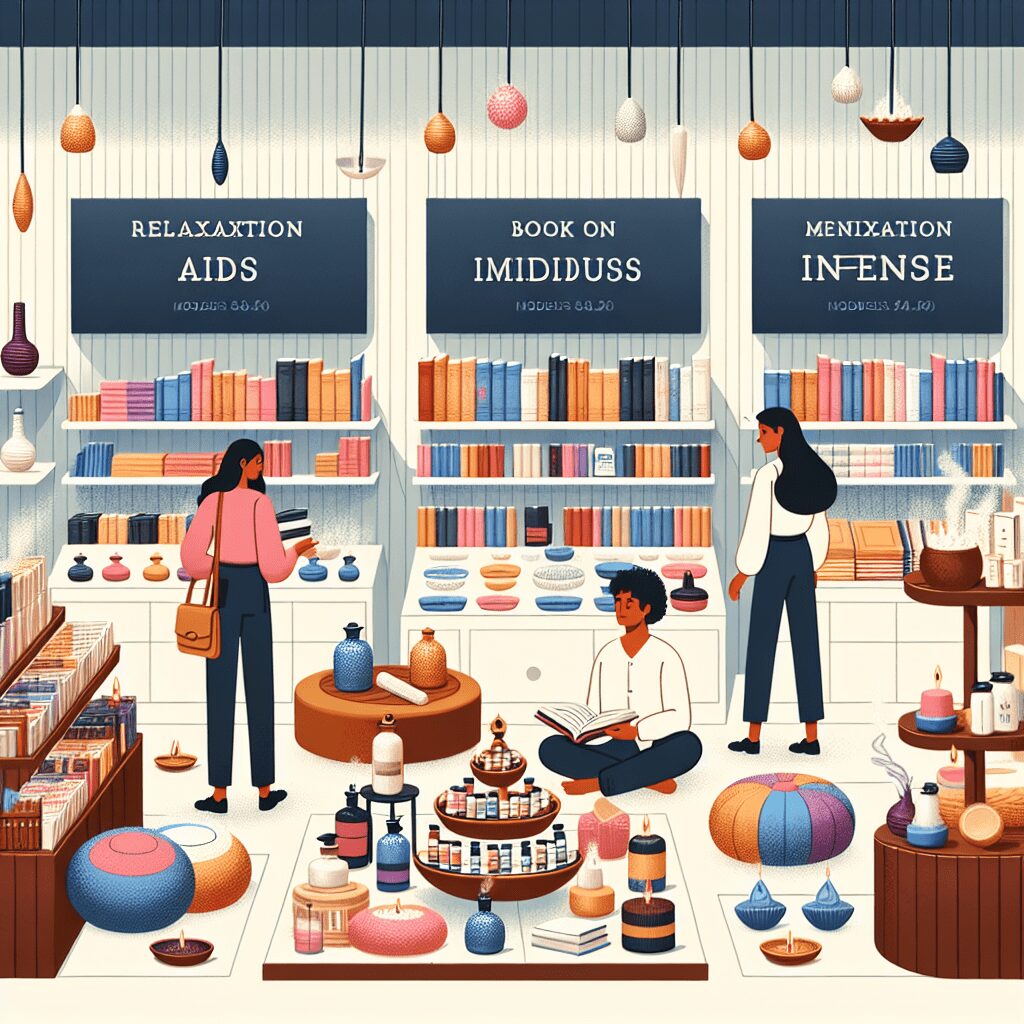
Prioritize your mental well-being daily. Enhance your life by nurturing your mental health with the Smart Meditation app. Break free from stress, alleviate anxiety, and enhance your sleep quality starting today.
What Is A Antidepressant Drug?
Unveiling the World of Antidepressants
In the ever-evolving landscape of mental health, antidepressants stand out as a beacon of hope for many navigating the turbulent waters of depression. But what exactly are these pharmaceutical allies, and how do they work their magic? Let’s dive in and unravel the mysteries of antidepressant drugs, shedding light on their functions, varieties, and uses.
The Mechanism Behind the Magic
At their core, antidepressants are a class of medications designed to alleviate the symptoms of depression. But, hold your horses; they’re not just one-trick ponies. Besides their primary mission, these versatile meds also lend a hand in treating a wide range of conditions, including anxiety disorders, chronic pain, and even certain sleep disturbances. So, how do they pull off these feats?
The magic lies in their ability to tweak the brain’s chemistry, specifically targeting neurotransmitters – those tiny chemical messengers responsible for communication between brain cells. Neurotransmitters like serotonin, norepinephrine, and dopamine often find themselves in the spotlight, playing key roles in mood regulation. When these chemicals are out of whack, depression and other mood disorders can gatecrash the party. Antidepressants, thus, work by balancing these neurotransmitters, restoring harmony to the brain’s communication channels.
A Kaleidoscope of Choices
Diving into the sea of antidepressants, you’ll find it’s anything but monochromatic. These meds come in a variety of classes, each with its own unique approach to the mission at hand. Here’s a quick rundown:
- SSRIs (Selective Serotonin Reuptake Inhibitors): The cool kids on the block, SSRIs like fluoxetine (Prozac) and sertraline (Zoloft), focus on serotonin, offering a side-effect-friendly profile.
- SNRIs (Serotonin and Norepinephrine Reuptake Inhibitors): A bit more eclectic, SNRIs such as duloxetine (Cymbalta) and venlafaxine (Effexor XR) broaden their horizons to include norepinephrine, tackling both depression and nerve pain.
- Tricyclic Antidepressants (TCAs): The old-school clique, including amitriptyline and clomipramine, with a broader mechanism, but watch out for the side effects.
- MAOIs (Monoamine Oxidase Inhibitors): The vintage choice, like tranylcypromine (Parnate), with a knack for treating atypical depression but requiring dietary restrictions to avoid hypertensive crises.
Each type ventures through the body in its own way, making the choice of antidepressant a tailored suit, fitted precisely to an individual’s specific condition and body chemistry.
The Road to Recovery: Navigating Antidepressant Use
Embarking on antidepressant therapy is akin to setting sail on a journey where patience and persistence are your best mates. Initial effects might be subtle, with the full benefits taking a few weeks to manifest. And just like finding the perfect pair of jeans, sometimes it takes trying a few options to land on the right antidepressant.
Furthermore, it’s not just a pop-and-forget affair. Combining medication with psychotherapy, lifestyle adjustments, and a solid support system forms the cornerstone of a holistic approach to battling depression.
In conclusion, antidepressants are a vital tool in the mental health toolkit, offering relief and support to those battling depression and related conditions. By understanding their functions, varieties, and how they fit into the broader treatment landscape, individuals can navigate their options more effectively, making informed decisions in their journey towards well-being. Always remember, though, the path to mental health is as individual as the person walking it – there’s no one-size-fits-all answer, but with the right information and support, the journey can lead to a brighter, healthier future.




